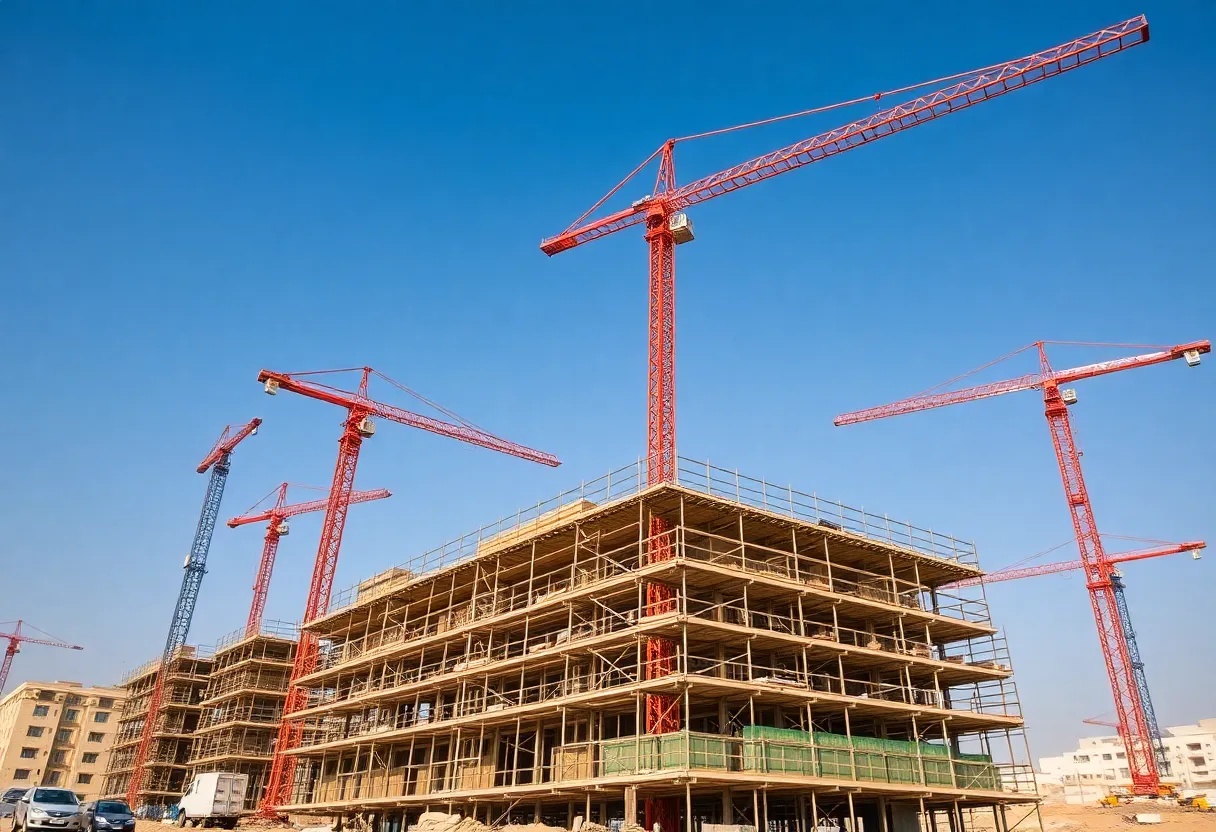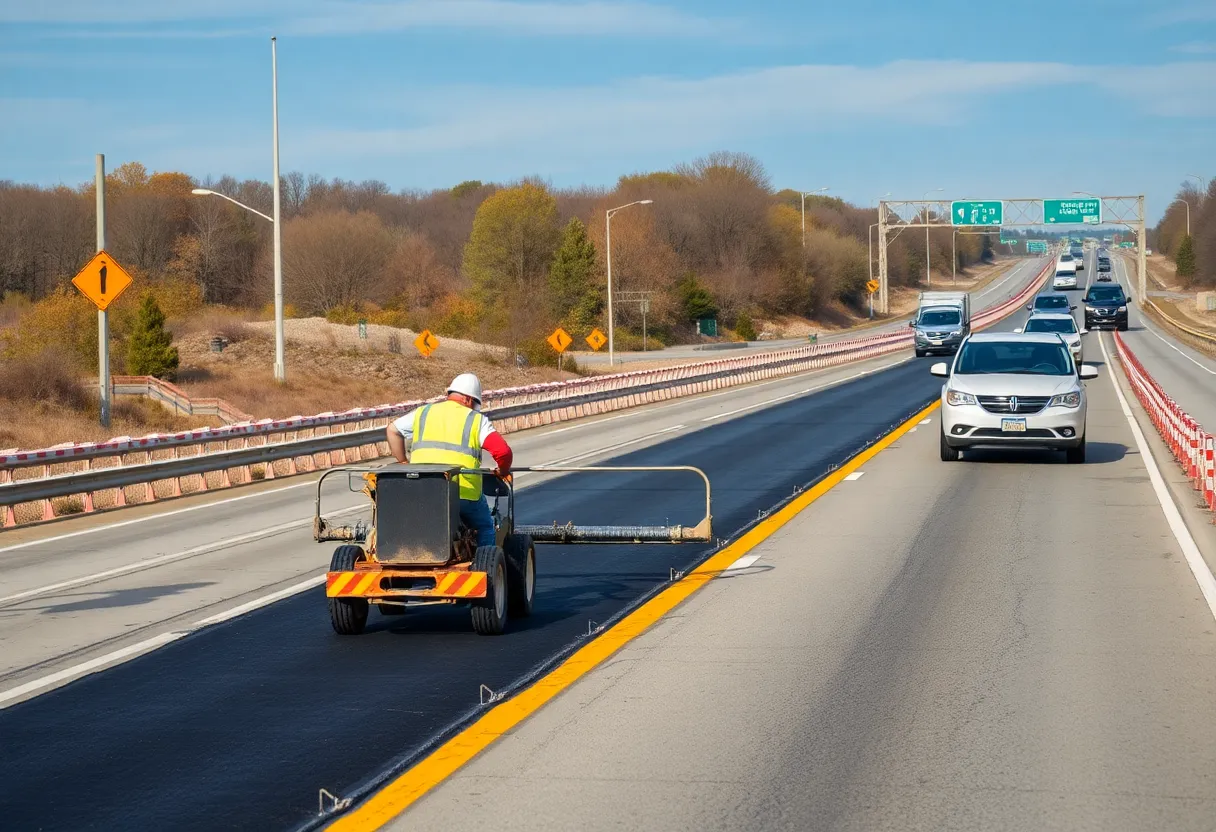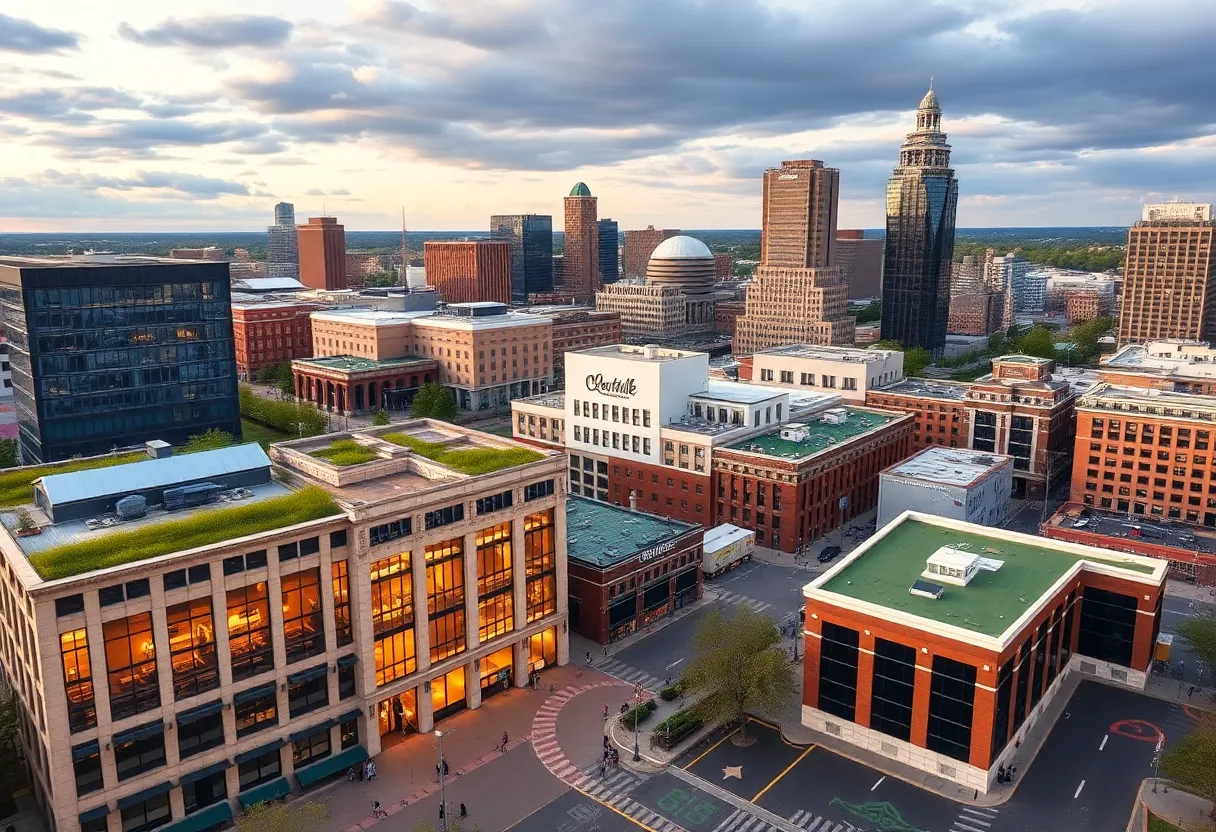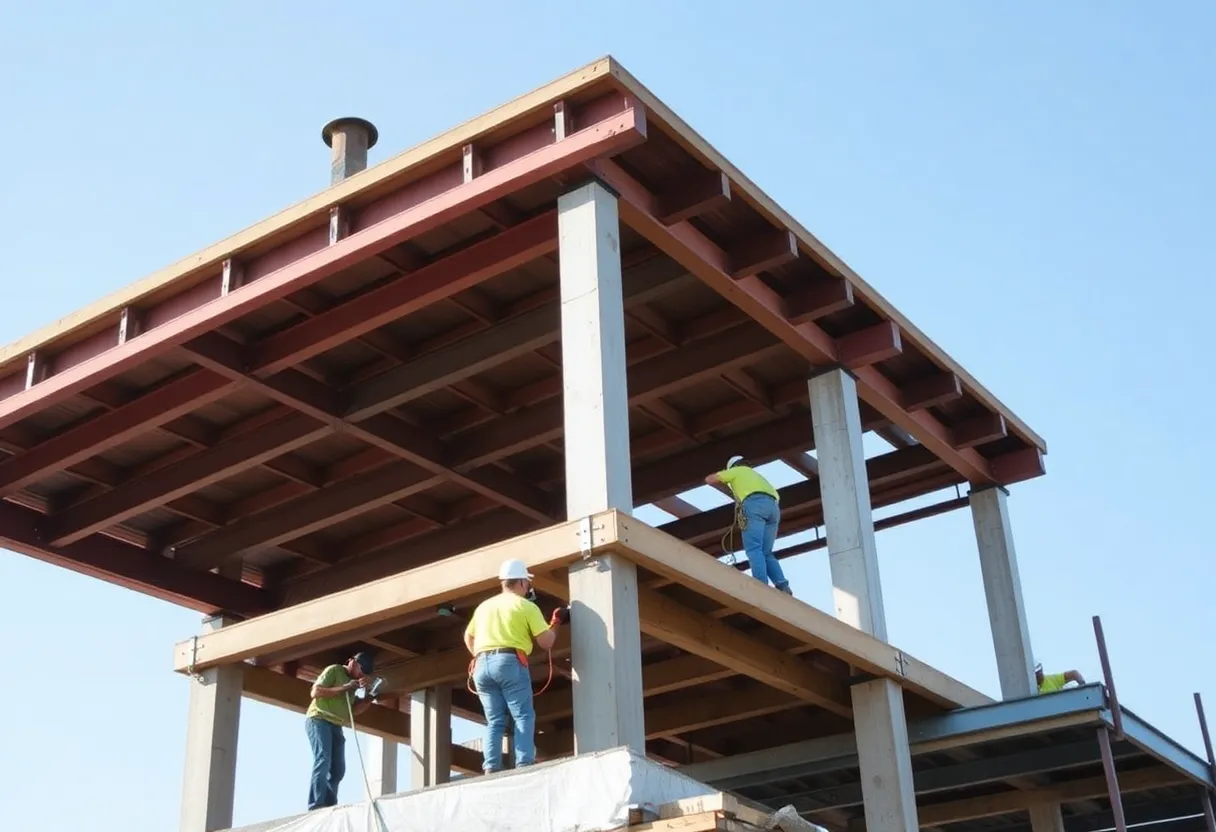News Summary
The construction sector in the Middle East faces increasing costs driven by new trade tariffs and global supply chain disruptions. The UAE may see a 2.7% to 3.3% rise in construction costs, while Saudi Arabia faces increases of 3.4% to 7%. Key construction materials like steel, concrete, and aluminum are expected to see significant price hikes. Labor shortages and outdated processes compound the issue, urging developers to secure costs promptly and embrace innovative solutions to mitigate rising expenses.
Rising Construction Costs Forecasted in the Middle East Amid New Tariffs and Supply Chain Issues
The construction industry in the Middle East is set to experience a wave of cost increases due to newly implemented trade tariffs and ongoing global supply chain disruptions. With the announcement of these tariffs, costs for key construction materials are expected to rise, leading to an estimated 2.7% to 3.3% increase in the UAE and 3.4% to 7% increase in Saudi Arabia according to Stonehaven’s 2025 UAE & KSA Construction Cost Benchmarking Report. These projections may actually be conservative as the market reacts to fluctuating global commodity prices.
The Gulf Cooperation Council (GCC) contains over $2.3 trillion in active construction projects, revealing its high sensitivity to international pricing dynamics. Essential materials such as steel, concrete, and aluminum are witnessing price hikes, which are anticipated to drive construction costs up over the next 18 to 24 months.
A “Perfect Storm” for the Industry
Experts have labeled the current scenario a “perfect storm” for the construction sector, highlighting multiple pressures including labor shortages and ineffective traditional processes. Developers are urged to consider locking in construction costs quickly, aligning this approach with initial feasibility studies to avoid substantial impacts on profit margins.
Key Findings from the Benchmarking Report
- Cost inflation in the UAE is anticipated to rise by 2% to 5%, while Saudi Arabia is expected to face increases of 3.4% to 7%.
- Labor costs comprise up to 40% of overall project expenses, underscoring the necessity of integrating automation and artificial intelligence into the industry.
- Innovations such as modular construction, AI-driven planning, and BIM technologies are crucial for navigating project costs and mitigating risks.
- Implementing sustainable practices, including carbon tracking and obtaining green certifications, is increasingly recognized as essential.
- Major upcoming projects include the construction of 19,700 new villas in Dubai as well as significant developments like NEOM and The Red Sea Project in Saudi Arabia.
Challenges Facing the UAE Real Estate Sector
The real estate market in the UAE is also grappling with escalating material costs, projected to increase by 10% to 15% in the upcoming year, alongside a critical shortage of skilled labor. These challenges are putting pressure on project budgets and extending completion timelines.
Many suppliers are now requesting full payment upfront for materials, compounding the existing cost pressures that developers face. In response, various strategies such as bulk order procurement and inventive building techniques are being adopted to mitigate the effects of rising costs.
Investments in Workforce and Future Outlook
As the demand for skilled labor continues to outpace availability, developers are investing in workforce training and development to ensure sustained growth within the construction sector. Some experts assert that these escalating project costs may compel developers to hike property prices in order to balance their financial obligations.
Despite facing significant challenges, the UAE real estate industry demonstrates resilience and potential for growth. Strategic developers are finding ways to adapt to ever-changing market conditions while making efforts to cope with rising costs and maintain profitability.
Deeper Dive: News & Info About This Topic
Additional Resources
- GlobeNewswire: Trump Global Tariff Hike
- Zawya: UAE & Saudi Arabia Construction Costs Spike
- Arabian Business: UAE Property Developers Rising Costs
- Wikipedia: Construction in the UAE
- Google Search: Middle East construction costs
Author: Construction FL News
The FLORIDA STAFF WRITER represents the experienced team at constructionflnews.com, your go-to source for actionable local news and information in Florida and beyond. Specializing in "news you can use," we cover essential topics like product reviews for personal and business needs, local business directories, politics, real estate trends, neighborhood insights, and state news affecting the area—with deep expertise drawn from years of dedicated reporting and strong community input, including local press releases and business updates. We deliver top reporting on high-value events such as the Florida Build Expo, major infrastructure projects, and advancements in construction technology showcases. Our coverage extends to key organizations like the Associated Builders and Contractors of Florida and the Florida Home Builders Association, plus leading businesses in construction and legal services that power the local economy such as CMiC Global and Shutts & Bowen LLP. As part of the broader network, including constructioncanews.com, constructionnynews.com, and constructiontxnews.com, we provide comprehensive, credible insights into the dynamic construction landscape across multiple states.





